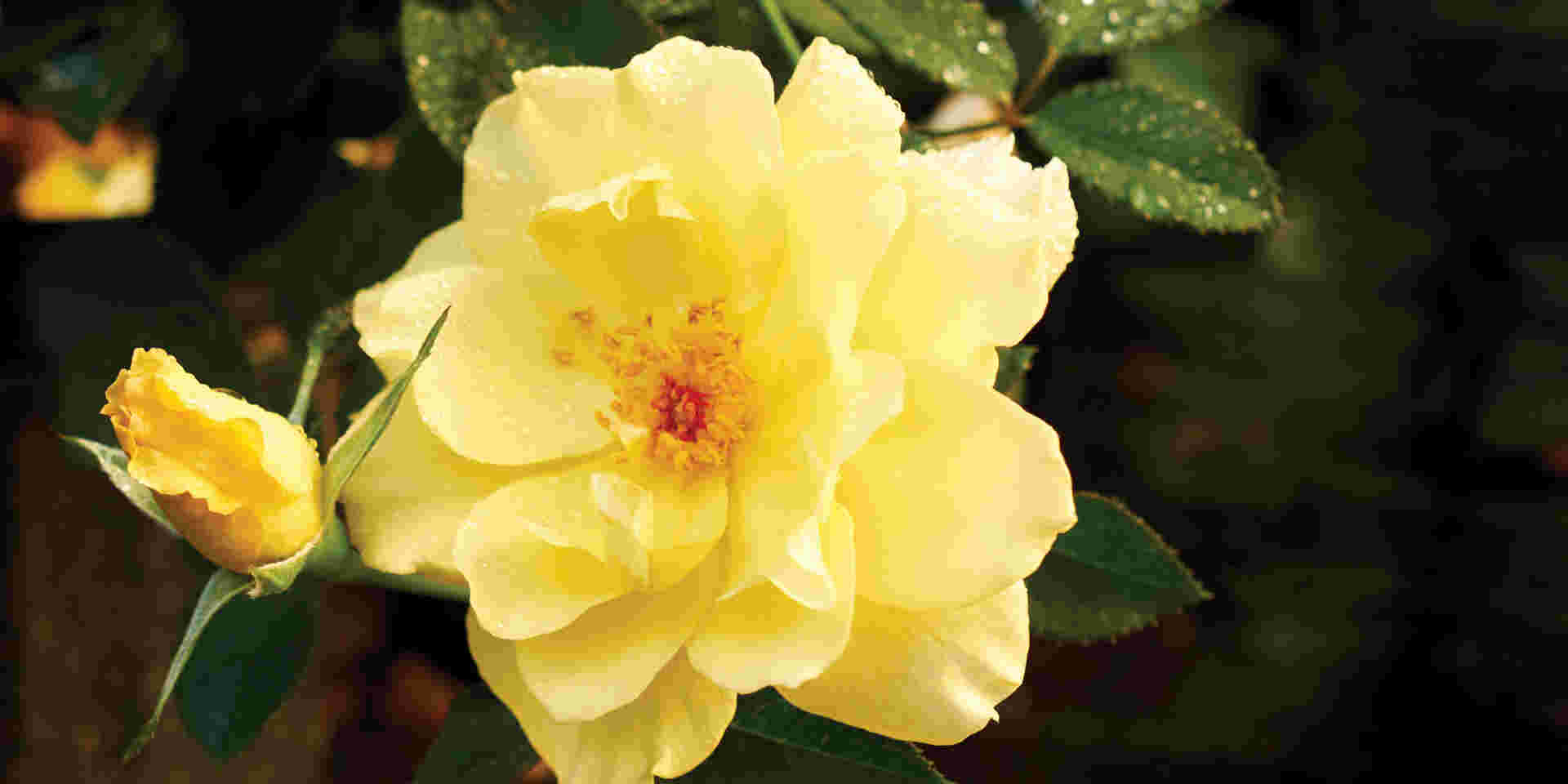
Glenn Harvey
Fill In The Blank Glenn Harvey’s orb-like urban infill
By Kristina Ljubanovic
Photo courtesy of Vineland Reasearch and Innovation Centre

For its rose-breeding program, Vineland works with the Canadian Nursery Landscape Association and nursery collaborators across Canada who plant and evaluate candidates. Added to the mix are an in-house breeder who identifies the “parents,” a pathologist who’s an expert on plant diseases, a genomics lab and a consumer insights group. “It really is a team effort,” says Banks.
Consumer research helps identify which characteristics are desirable in a new variety. “Is it the shape of the flower?” asks Banks. “The colour of the petals? The fragrance? The glossiness of the leaves?” Vineland’s location, close to Toronto, gives it access to a diverse population for sampling opinions and understanding market segments across Canada.
Architecture is another important consideration. Vineland aims for a compact and upright shape versus a sprawling or climbing rose. “We look at these different characteristics of the plants, the breeder makes the crosses—lots and lots of crosses—and then we evaluate the progeny,” says Banks. Cold hardiness and black-spot resistance are non-negotiables, built in to every rose in the program.
Yukon Sun is the fourth rose in the 49th Parallel Collection, joining Canadian Shield, Chinook Sunrise and Aurora Borealis. Roses are named later in the development cycle, once their physical features have been determined. (In the case of Yukon Sun, Vineland knew that people wanted a yellow variety.) “The rose inspires the name, rather than the name inspiring the rose,” says Banks. But each, in its own way, is a representation of Canada. “Hardy and beautiful.”